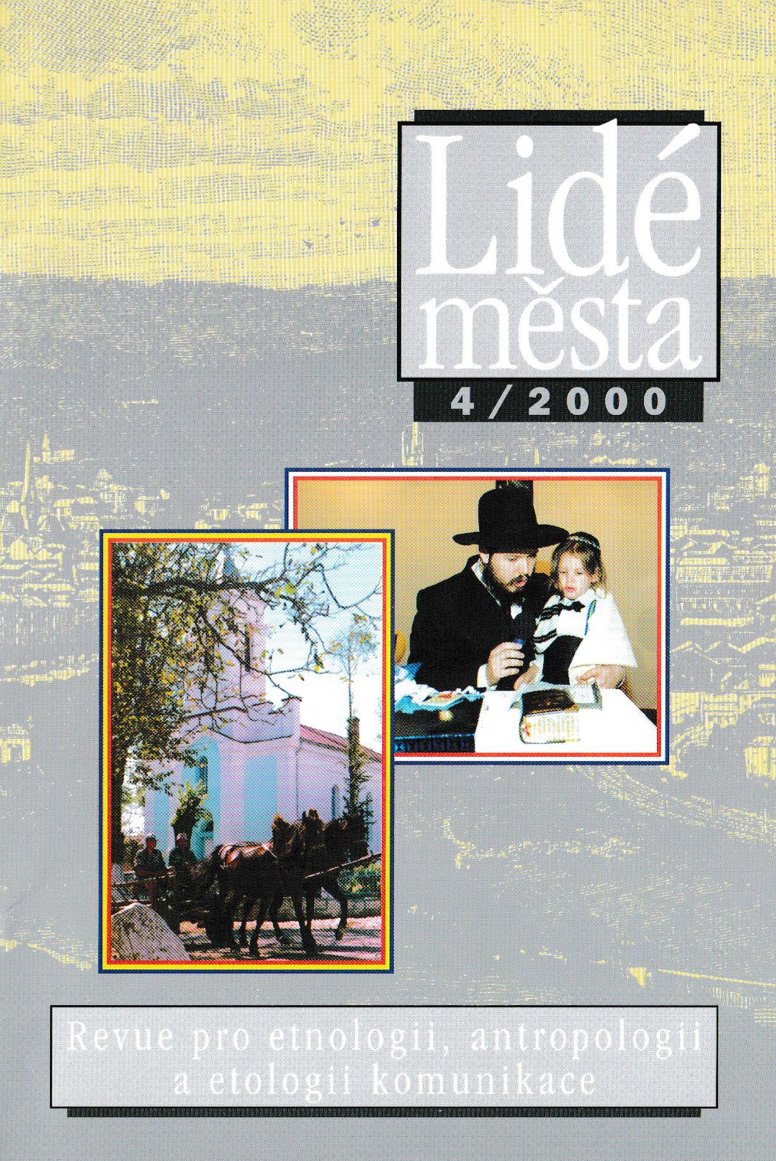Čeští nekatolíci v rumunském Banátu a v Bulharsku
Část druhá - Rozkol na Svaté Heleně a další náboženský vývoj obce
DOI:
https://doi.org/10.14712/12128112.4064Abstrakt
When a Protestant church already started to be built in Svatá Helena (it was completed in 1887), there were disputes between the secularised minority and the „believing" majority (as it called itself) of the non-Catholic congregation which adhered to the former sectarian ascetic piousness. The feuds came to a head after preachers and teachers A. Svoboda and J. Chorvát came from Bohemia at the end of the 1880s and the beginning of the 1890s. They were influenced by the principles of the Blue Cross. Tipped by the „secular" part of the congregation, which accused them of a sectarian deviation, the reform church administration forced them to leave the community. However, a church schism was not prevented. After Charváťs departure a part of those worshippers who were inspired by his principles and his original sectarian ethic left Svatá Helena in 1897-1898. They helped establish the village of Vojvodovo in Bulgaria. This group will be paid attention in Part III of the study. In order to calm down the situation and provide proper education in the spirit of Helvetian religiousness the first reformed minister, residing in the village, was sent to Svatá Helena. However, the „worshippers" who remained in the village did not want to put up with the belief he preached as it was too secular in their view. As a result, under the leadership of Charváťs former servant P. Kýška they founded a congregation of the free reformed church in 1904. The congregation has been called in professional literature the congregation of Nazarens, Actventists or Baptists, but neither of the names is correct. However, the religious zeal of the free reformed worshippers gradually weakened and when in 1927 P. Kýška assumed the vacant seat of preacher in the Protestant church, the free reformed congregation actually merged with the reformed church. Baptism got to Svatá Helena thanks to the efforts of a Romanian congregation in Coronini after World War One. First it was limited to a few families, but after the reformed parish became vacant before World War Two and the departure of a large part of the community within the „resettlement" to Czechoslovakia in the late 1940s Baptism started spreading faster, despite the negative attitude of the Romanian communist government to religion. All non Catholics in the village gradually joined this religious group. In the late 1980s the congregation managed to acquire an abandoned Protestant church. Their negative self-definition in relation to the Catholics, typical of the non-Catholic part of the village since the Catholics' arrival in Svatá Helena, has survived until now, although it is on the wane (religious endogamy is disappearing, there are joint entertaining and cultural events and the Baptists are weakening their ascetism). Svatá Helena and to some limited extent other Czech villages in Romania, too, have been largely affected by the „resettlement of the 1990s," which involved exodus of a large part of Czech Romanians for better life conditions first to Czechoslovakia and then to the Czech Republic. The issue will be reopened in Part IV of the study. However, here we would like to highlight a strongly higher interest in resettlement among the Baptists as compared to the Catholics (either from Svatá Helena or from elsewhere). The difference is underlied by the Baptists centering in the Czech Republic more on the work in manufacturing, while the Catholics prefer work in agriculture. Both of these facts can be ascribed to the Protestant „secular ascetism" (Weber).
Stahování
Publikováno
Jak citovat
Číslo
Sekce
Licence

Tato práce je licencována pod Mezinárodní licencí Creative Commons Attribution-NonCommercial-NoDerivatives 4.0.


